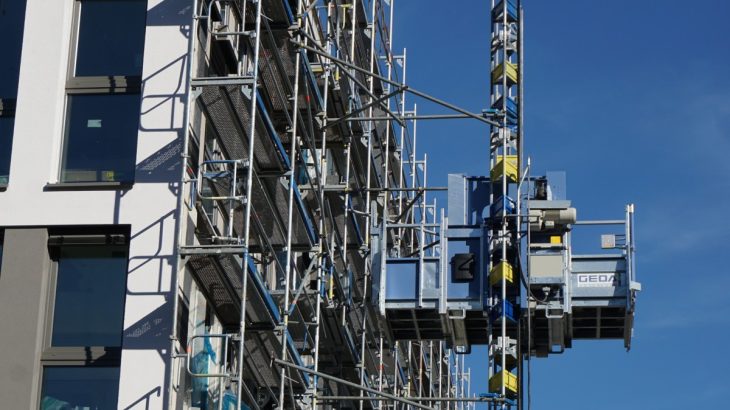5 Innovative Insulators in the Construction Industry
When it comes to construction, energy efficiency and sustainability are key considerations in today’s environmentally conscious world. One crucial aspect of achieving these goals is the proper insulation of buildings. Insulation not only enhances comfort but also plays a vital role in reducing energy consumption and minimizing environmental impact. In this blog post, we will explore the new generation of insulators that are revolutionizing the construction industry. These innovative materials and techniques are designed to improve energy efficiency, durability, and overall sustainability of buildings.
1. Aerogel Insulation: A Lightweight Thermal Barrier
Aerogel insulation is a cutting-edge solution that offers superior thermal performance. Made from a gel-like material that is mostly composed of air, aerogel is highly porous and has an incredibly low density. It effectively blocks heat transfer, providing exceptional insulation properties. Despite its lightweight nature, aerogel insulation offers high thermal resistance, making it an ideal choice for both residential and commercial buildings.
2. Vacuum Insulation Panels (VIPs): Thin and Efficient
Vacuum insulation panels (VIPs) are another innovative solution in the field of insulation. These panels consist of a core material enclosed within a gas-tight barrier, creating a vacuum layer that significantly reduces heat transfer. VIPs are extremely thin and lightweight, allowing for easy installation in various building applications. Their high thermal resistance provides excellent insulation performance, helping to minimize energy loss and enhance overall energy efficiency.
3. Phase Change Materials (PCMs): Adapting to Temperature Changes

Phase change materials (PCMs) are substances that can absorb and release heat during phase transitions, such as from solid to liquid and vice versa. These materials are incorporated into building insulation systems to regulate temperature fluctuations. When the ambient temperature rises, PCMs absorb excess heat and store it. When the temperature drops, the stored heat is released, helping to maintain a more stable indoor climate. PCMs are particularly useful in regions with significant day-night temperature variations.
4. Reflective Insulation: Keeping Heat at Bay
Reflective insulation is a type of insulation that utilizes reflective surfaces to redirect radiant heat. It typically consists of a layer of metalized film or foil attached to a substrate material. The reflective surface reflects radiant heat back toward its source, preventing it from entering the building envelope. This type of insulation is especially effective in hot climates, where keeping the interior cool is a priority.
5. Natural and Recycled Insulation Materials: Sustainable Solutions
Besides innovative synthetic insulators, there is a growing focus on natural and recycled insulation materials. Materials such as sheep’s wool, cotton, cellulose, and recycled denim are gaining popularity due to their renewable and eco-friendly properties. Compared to traditional insulation options, these materials offer good thermal insulation, moisture control, and reduced environmental impact.
Embracing the new generation of insulators not only improves energy efficiency but also contributes to sustainable construction practices. These advanced materials and techniques enable builders and homeowners to create greener and more comfortable living spaces while reducing the overall carbon footprint. By implementing these innovative solutions, the construction industry can play a significant role in achieving a more sustainable future.
In conclusion, the new generation of insulators is transforming the construction landscape by providing efficient, durable, and sustainable solutions. From aerogel insulation and vacuum insulation panels to phase change materials and reflective insulation, these advancements offer enhanced thermal performance, energy efficiency, and environmental benefits. Integrating these innovative insulators into construction projects is a step towards a greener and more sustainable future.
Remember, by making informed choices and investing in these cutting-edge insulators, we can build for efficiency, comfort, and a better planet for generations to come.
Stay tuned for more updates and explore the exciting possibilities offered by the new generation of insulators in construction!



















